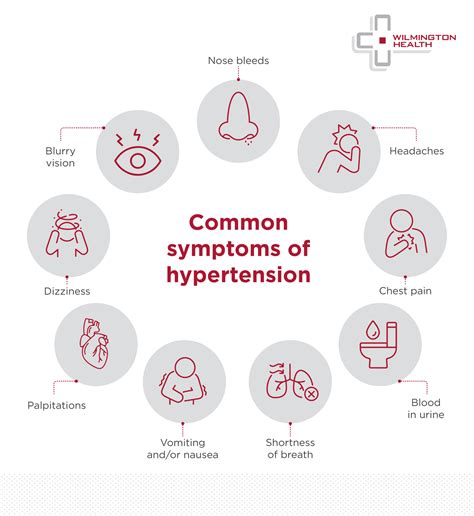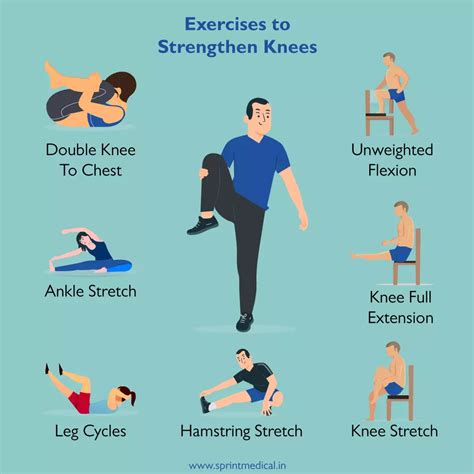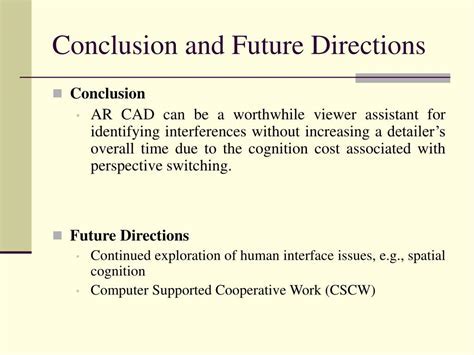Intro
Relieve sore groin muscle pain with effective treatments and exercises, alleviating inner thigh strain, adductor discomfort, and hip flexor tension for rapid recovery and improved mobility.
Experiencing sore groin muscle pain can be a debilitating and frustrating issue, affecting daily activities and overall well-being. The groin area, comprising the adductor muscles, is prone to strains and pulls, particularly in individuals who engage in sports or physical activities that involve sudden changes of direction, kicking, or pivoting. Understanding the causes, symptoms, and treatment options for sore groin muscle pain is essential for effective relief and prevention of future occurrences.
Groin muscle pain can stem from various factors, including overuse, poor training techniques, or direct trauma to the area. Athletes participating in soccer, football, hockey, and basketball are at a higher risk of developing groin strains due to the nature of these sports. However, anyone can experience groin pain, regardless of their athletic background, due to factors such as muscle imbalances, poor posture, or underlying medical conditions. Recognizing the signs and symptoms of groin muscle pain, such as sharp pain, swelling, or limited mobility, is crucial for seeking appropriate medical attention and initiating a tailored treatment plan.
The complexity of groin anatomy and the variety of potential causes make it essential to adopt a comprehensive approach to managing sore groin muscle pain. This includes not only addressing the immediate symptoms but also focusing on long-term prevention strategies, such as strengthening exercises, flexibility routines, and ergonomic adjustments. By understanding the intricacies of groin muscle pain and exploring the available treatment options, individuals can take proactive steps towards achieving relief, enhancing their overall quality of life, and minimizing the risk of recurrence.
Symptoms and Diagnosis of Groin Muscle Pain

The symptoms of groin muscle pain can vary significantly in severity and presentation, depending on the underlying cause and the extent of the injury. Common symptoms include sharp pain in the groin area, which may radiate down the thigh, swelling, bruising, limited mobility, and weakness in the affected leg. In some cases, individuals may experience pain that worsens with activity and improves with rest. A thorough medical evaluation, including a physical examination and potentially imaging tests like MRI or ultrasound, is necessary for an accurate diagnosis. Understanding the specific characteristics of groin muscle pain is vital for developing an effective treatment strategy.
Causes of Groin Muscle Pain
The causes of groin muscle pain are diverse and can be attributed to both acute injuries and chronic conditions. Acute strains are among the most common causes, resulting from sudden contractions or stretches of the groin muscles. Overuse injuries, which develop over time due to repetitive stress on the muscles, tendons, and ligaments, are another prevalent cause. Additionally, conditions such as osteitis pubis, an inflammation of the pubic bone and its surrounding structures, and hip or lower back issues can refer pain to the groin area.Treatment Options for Groin Muscle Pain

The treatment of groin muscle pain is multifaceted, incorporating a range of therapies tailored to the individual's specific condition and needs. Initial management often involves the RICE principle: rest, ice, compression, and elevation, aimed at reducing pain and inflammation. Physical therapy plays a crucial role in the rehabilitation process, focusing on exercises to improve flexibility, strength, and functional mobility. In some cases, medical interventions such as pain relief medications, corticosteroid injections, or, in severe cases, surgery may be necessary. A comprehensive treatment plan, combining these approaches, can effectively manage symptoms, promote healing, and prevent future occurrences.
Physical Therapy for Groin Muscle Pain
Physical therapy is a cornerstone in the management of groin muscle pain, offering a non-invasive and highly effective approach to rehabilitation. Therapists design personalized exercise programs that address the specific needs of the individual, including stretches to enhance flexibility, strengthening exercises to improve muscle balance and power, and functional training to restore normal movement patterns. Additionally, modalities such as ultrasound, electrical stimulation, and manual therapy techniques may be employed to reduce pain, inflammation, and muscle spasms, thereby facilitating the healing process.Prevention Strategies for Groin Muscle Pain

Preventing groin muscle pain involves adopting a proactive approach that encompasses lifestyle modifications, training adjustments, and regular maintenance exercises. Warm-up routines and cool-down stretches are essential for preparing the muscles for activity and aiding in recovery. Strengthening the core and hip muscles can help stabilize the pelvis and reduce the risk of groin strains. Furthermore, incorporating flexibility and mobility exercises into daily routines can improve muscle elasticity and reduce the susceptibility to injury. By prioritizing prevention and maintaining a consistent exercise regimen, individuals can significantly lower their risk of experiencing groin muscle pain.
Nutritional and Lifestyle Considerations
Nutrition and lifestyle play significant roles in muscle health and recovery. A balanced diet rich in proteins, complex carbohydrates, and healthy fats provides the necessary building blocks for muscle repair and growth. Adequate hydration is also crucial, as water helps in maintaining muscle elasticity and facilitating the removal of metabolic waste products. Lifestyle factors, such as getting sufficient sleep, managing stress, and avoiding smoking and excessive alcohol consumption, can further support muscle health and overall well-being. By making informed dietary and lifestyle choices, individuals can optimize their recovery from groin muscle pain and enhance their resilience against future injuries.Exercises for Groin Muscle Pain Relief

Specific exercises can be highly beneficial in relieving groin muscle pain and preventing its recurrence. These include:
- Adductor stretches: Standing or sitting stretches that target the adductor muscles.
- Hip flexor stretches: Exercises that stretch the front of the hip to improve flexibility and reduce tension on the groin area.
- Glute bridges: Strengthening exercises for the gluteal muscles, which help in stabilizing the pelvis and reducing strain on the groin.
- Core strengthening exercises: Planks, side planks, and other core exercises that enhance pelvic stability and support. By incorporating these exercises into a regular fitness routine, individuals can strengthen the muscles surrounding the groin, improve flexibility, and reduce the risk of injury.
Recovery and Rehabilitation Timeline
The recovery and rehabilitation process for groin muscle pain varies significantly depending on the severity of the injury. Mild strains may resolve within a few weeks with conservative management, while more severe injuries can take several months to heal. A structured rehabilitation program, progressing from initial pain management to strengthening and functional training, is essential for ensuring a safe and effective return to activity. Patience and adherence to the rehabilitation plan are crucial, as premature return to full activity can lead to recurrence or worsening of the injury.Conclusion and Future Directions

In conclusion, managing sore groin muscle pain requires a comprehensive and multifaceted approach, incorporating medical treatment, physical therapy, lifestyle adjustments, and preventive strategies. By understanding the causes, symptoms, and treatment options, individuals can take proactive steps towards relief and prevention. Future research directions may include the development of more effective rehabilitation protocols, the exploration of novel therapeutic modalities, and the investigation of genetic and environmental factors influencing susceptibility to groin muscle pain. As our understanding of this condition evolves, so too will the array of treatment options and preventive measures available to those affected.
Final Thoughts and Recommendations
For individuals experiencing groin muscle pain, it is essential to seek medical attention for an accurate diagnosis and to initiate a tailored treatment plan. Maintaining an open dialogue with healthcare providers, reporting any changes in symptoms, and adhering to the recommended rehabilitation program are vital for optimal recovery. Additionally, prioritizing preventive measures, such as regular exercise, balanced nutrition, and lifestyle modifications, can significantly reduce the risk of future occurrences. By adopting a proactive and informed approach, individuals can effectively manage groin muscle pain, enhance their overall well-being, and maintain an active and healthy lifestyle.What are the most common causes of groin muscle pain?
+Groin muscle pain can result from acute strains, overuse injuries, poor training techniques, and underlying medical conditions such as osteitis pubis or hip and lower back issues.
How can I prevent groin muscle pain?
+Prevention strategies include warm-up routines, cool-down stretches, strengthening exercises for the core and hip muscles, and maintaining a balanced lifestyle with adequate nutrition, hydration, and sleep.
What are the best exercises for relieving groin muscle pain?
+Beneficial exercises include adductor stretches, hip flexor stretches, glute bridges, and core strengthening exercises like planks and side planks, which help in improving flexibility, strengthening the muscles, and enhancing pelvic stability.
We invite you to share your experiences and insights regarding groin muscle pain, including any successful treatment strategies or preventive measures you've found beneficial. Your comments and questions can provide valuable support and information to others navigating similar challenges. Additionally, consider sharing this article with individuals who may benefit from its content, helping to raise awareness and promote a better understanding of groin muscle pain and its management.
